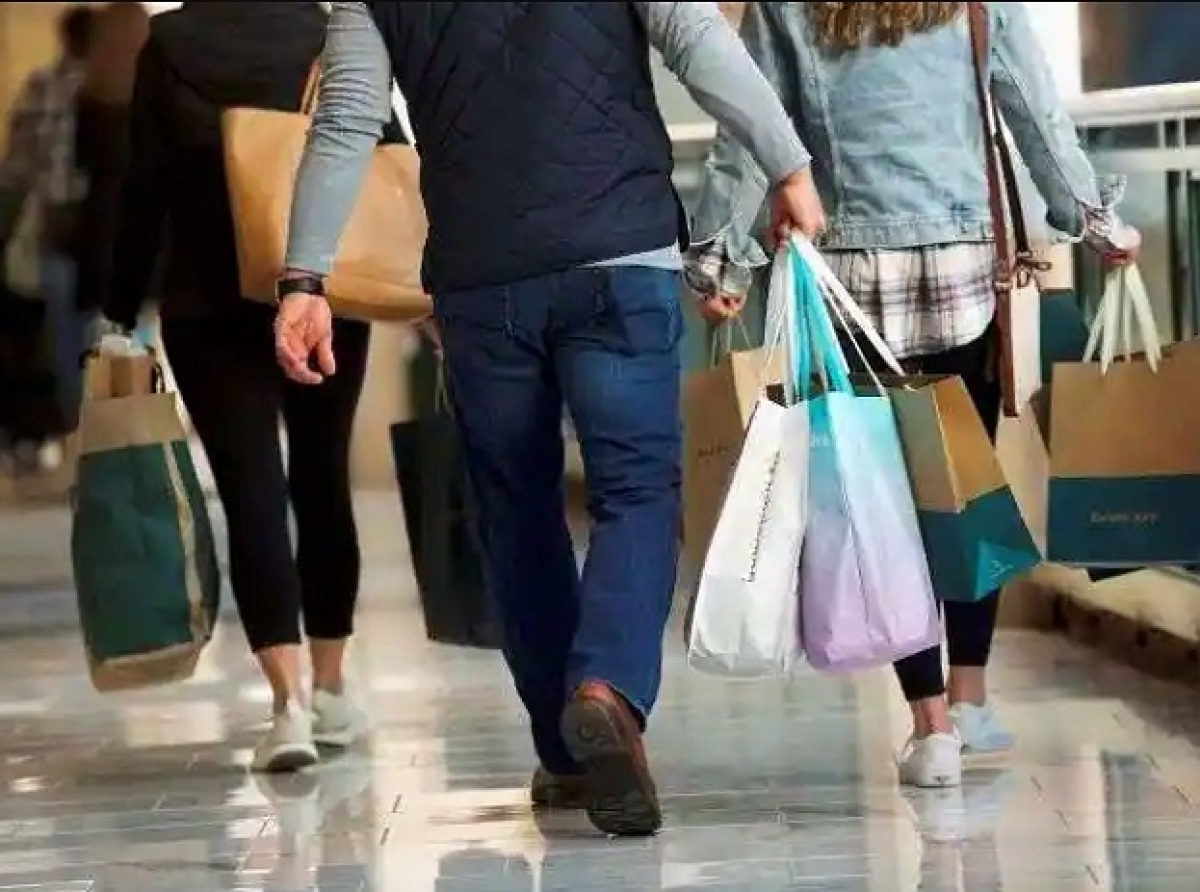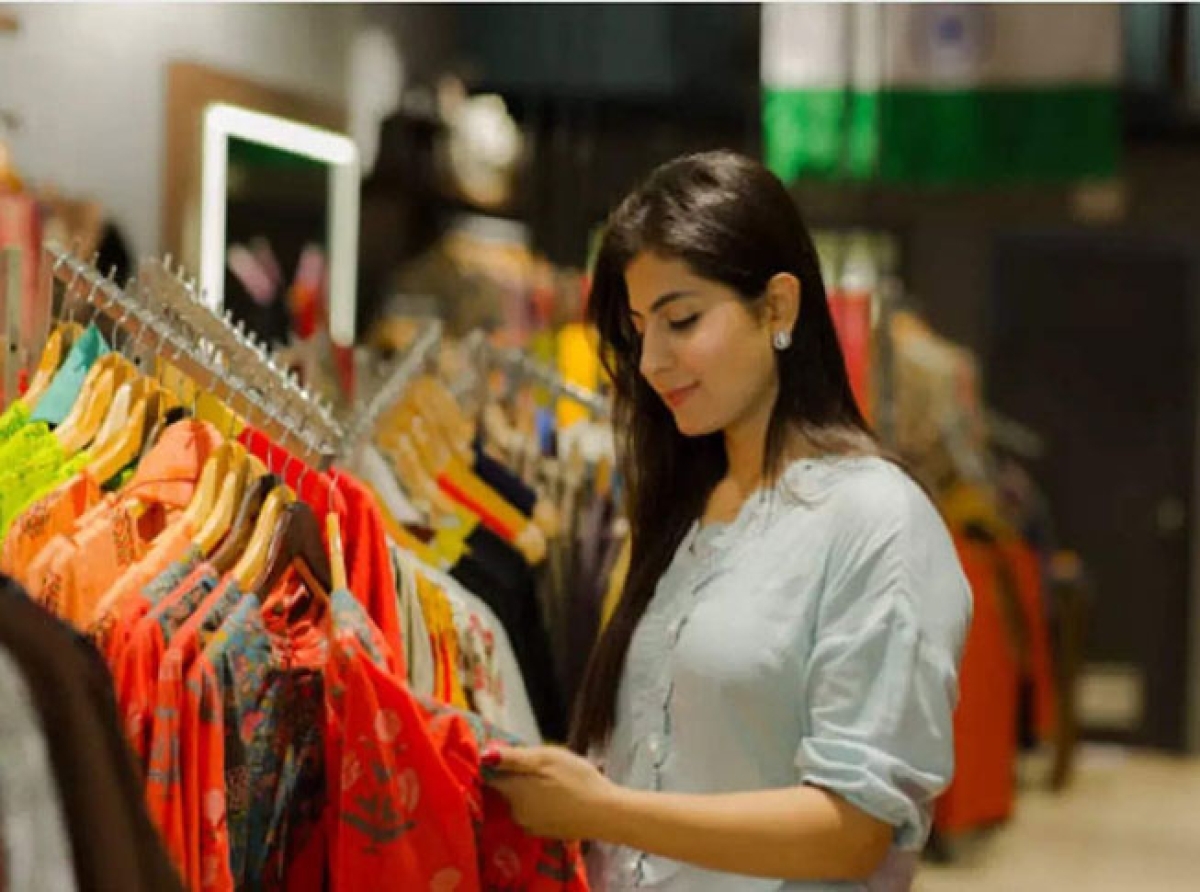27 July 2022, Mumbai:
Dark stores are often located off the high street yet close to high-demand communities. Other industries, including apparel and durables, might as well be located outside the city. They are modest-sized neighborhood warehouses for receiving, processing, and storing orders. They are simpler to automate and were created to make choosing rapid and affordable.
Within a specified service time commitment, they can handle click and collect services and last-mile deliveries for various online buying platforms. Dark storefronts might be the best combination to experiment with as merchants battle for customer acquisition and retention based on speed and cost.
Merchants were battling issues with profitability and growth even before COVID-19 prompted retailers in India and around the world to reconsider their operating strategies. Then COVID-19 arrived, with no sign of foot traffic and increasing online customer demand for new categories every day.
ALSO READ Reimagine: How Future Retail Space Will Look Like

For over a decade, retailers have experimented with back-end or dark stores, often without the tag. Why are we talking about them now, given this?
The solution can be found in the shrinking retail margins, intense competition, and soaring customer expectations. Last but not least, the COVID-19 pandemic has accelerated the use of dark storefronts.
Customers have registered on retailers' websites in record numbers thanks to the lockdown, which has kept them indoors. India has become more favorable for the expansion of e-commerce due to the recent embrace of digital technology.

ALSO READ Virtual Release of USFIA's Ninth Annual Fashion Industry Benchmarking Study
By 2020, there will be over 550 million Internet users in India, giving 41% of the population access to online shopping sites. With more than one-third of the population having used one or more of India's more than 50 wallet providers, the landscape of digital payments is also evolving.
Customers now find it simpler to shop online because of all of this. All of those mentioned above, along with changes in consumer buying habits during the present lockdown, have opened the door for a business model centered on dark businesses that can satisfy customers' expectations for online shopping and affordable, quick delivery.

RELEVANT NEWS Ralph Lauren debuts metaverse offering the holiday-themed experience, dubbed “The Ralph Lauren Winter Escape”
Dark stores are becoming more and more popular among participants worldwide in various industries, including food, fashion, footwear, consumer durables, etc. Multiple chains of supermarkets served as the early adopters of the approach, which gained traction in the U.K. in an organized fashion.
The idea quickly attracted the interest of some of the top international merchants in the US and then in Europe, East Asia, and Australia. Several well-known supermarket chains worldwide operate or are experimenting with dark stores.

RELEVANT NEWS Opening up retail will accelerate business recovery: RAI
The bulk of these stores are more significant than 100,000 square feet and have specialized in-house equipment, including food processing, cold press systems, butchering lines, etc.

RELEVANT NEWS D2C brands: Transforming Retail Scenario
As an example, Wendy's, Chick-fil-A, and other fast-food chains have established "ghost" kitchens that function just to handle delivery orders - no dining room or carryout - allowing businesses to enter markets where they do not run physical stores. According to Wendy's, ghost kitchens will be a key component of its expansion plan, even in markets where it doesn't have any physical locations. In order to reach a wider audience, some brands also use shared retail or "ghost kitchen" sites.
RELEVANT NEWS Opening up retail will accelerate business recovery: RAI
How Secular Is Trend?
As per the KPMG report," Increasingly, more and more players across the globe are adopting dark stores across sectors, including grocery, apparel, footwear, consumer durables, etc. Today multiple globally known supermarket chains are running or experimenting with dark stores with the majority of them spread over more than 100,000 sq.-ft with in-house specialized capabilities. Internal estimates by some of the companies using dark stores globally suggest that adoption of dark stores adds three to four percent to the bottom line through a mix of higher customer orders and lower costs".
Join our community on Linkedin

























